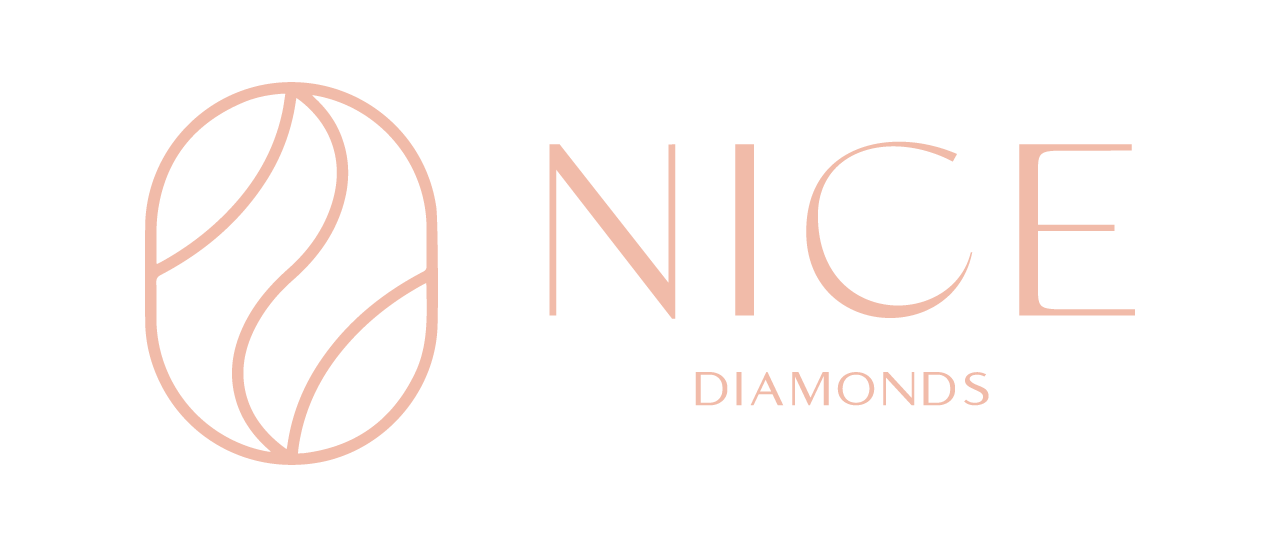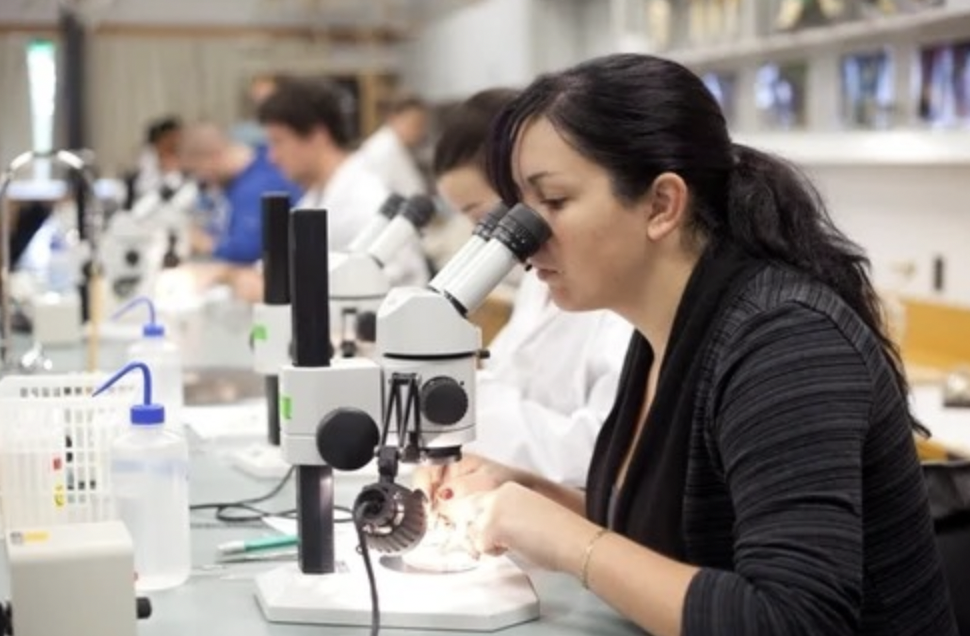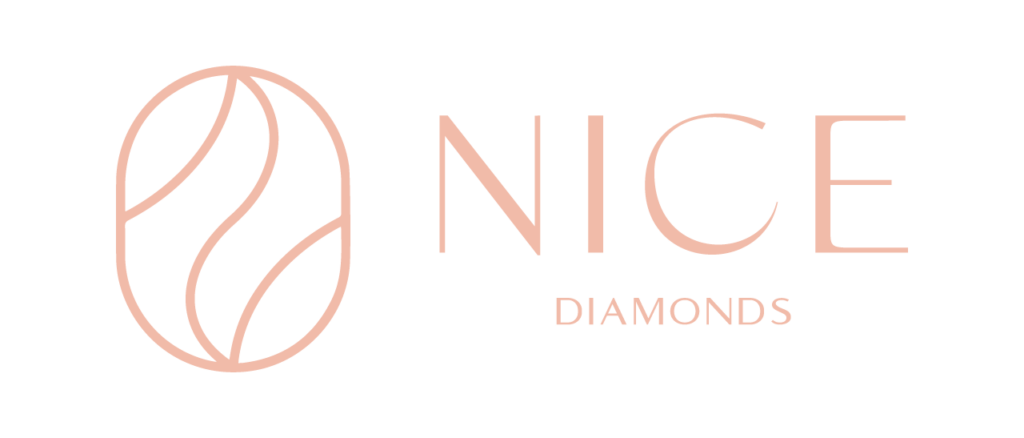We’ve all heard that a diamond lasts forever, but what is the secret behind their everlasting appeal? The answer lies within the world of diamond certification. A diamond certificate is a detailed document that specifies the uniqueness of a diamond, without it, a consumer won’t be able to determine its value. It is the duty of the diamond jewellers to hand over the diamond certificate whilst purchasing. Nice Diamonds makes sure that all their diamond (jewellery pieces) are of excellent quality and have the IGI certification for each.Moreover, it is also important to have a diamond certificate for both resale and insurance purposes. Be careful of jewellers who aren’t able to present the certificate at the time of purchase and offer to post the certificate to you instead, without seeing or verifying it during the time of sale, there is a lot of “Heera” Pheri!
Why should a consumer buy only certified diamond jewellery?
- True value for money in your purchase: Certified diamond jewellery ensures that you are getting what you paid for. The certification process verifies the authenticity and quality of the diamond, so you can be confident that you are getting a genuine and high-quality diamond.
- Protection against fraud: Certified diamond jewellery protects you against fraud. The certification process verifies the authenticity of the diamond, so you can be sure that you are not being sold a fake or synthetic diamond.
- Resale value in the future: Certified diamond jewellery has a higher resale value than non-certified jewellery. The certification process verifies the quality of the diamond, so you can be confident that you are getting (what you paid for) that will hold its value over time.
- Insurance: Certified diamond jewellery is easier to insure. Insurance companies require documentation that certifies the value of the item, and certified diamond jewellery provides that documentation.
- Quality assurance: Certified diamond jewellery ensures that you are getting a high-quality diamond. The certification process verifies the quality of the diamond, so you can be confident that you are getting a diamond that meets certain standards.
Major Gemmological Laboratories:
There are several reputable gemstone laboratories such as HRD Antwerp and SSEF, but the big bulls are Gemmological Institute of America (GIA) and International Gemmological Institute (IGI).
GIA was founded in 1931 by Robert M. Shipley and its motto is to protect all buyers and sellers of gemstones by setting and maintaining the standards used to evaluate gemstone quality. The GIA works in four main areas, research, gem identification, diamond grading services and educational programs. Although they are best known for their principle of 4C’s – cut, clarity, colour and carat.
On the other hand, IGI was founded in 1975, Antwerp and is one of the longest running grading laboratories. It was the first company and the only lab which offered repair and recut diamonds and was the first to introduce patented laser inscription service to add serial numbers to diamonds. It now has 20 laboratories across the world and grades finished jewellery, as well as loose coloured gemstones, natural diamonds and lab-grown diamonds. It also runs 14 gemmology schools, at which thousands of students study each year.

The certification Process:
The application for IGI certification starts with the applicant supplying the criteria for their diamonds, including cut, colour, clarity, and carat. The diamonds are then examined under a microscope by IGI to confirm the specifications. It is requested that the diamonds that do not meet IGI requirements be altered. When that is successful, a machine tests the gems to see if they are all natural diamonds. IGI explicitly specifies it in the certificate if the diamonds in the jewellery piece are lab-grown or natural.
To objectively assess each diamond’s quality, IGI employs a group of knowledgeable gemmologists. A set of standards is used to grade gems, and this standard is based on the “four C’s”: carat weight, cut quality, clarity, and colour. Numerous of the top jewellers and retailers of diamonds around the world accept the IGI certification.
The most convenient and time saving way to obtain a Diamond grading report is through a local fine jewellery retailer. These retailers are qualified to obtain a IGI report and to explain its contents. The diamond’s report number and all the data captured during the grading process are permanently stored in (IGI’s) database, can be accessed online.
4C’s of Diamonds:
Cut: Precise artistry and workmanship are the key factors required to grade the diamond cuts which is really about how well diamond facets interact with light. The diamonds used to make jewellery at Nice Diamonds are of very good to excellent cut grade, which means that they offer exceptional brilliance, fire, and scintillation. A “cut grade” typically ranges from Excellent to poor, with excellent being the most desirable due to their exceptional symmetry, proportions and finishing. There are also “very good”, “good” and “Fair”. To break it down, an excellent diamond is a must for a happy wife, happy life. Very good and good are affordable, yet reliable options. However, “Fair” and “poor” cuts are those blind dates we are set up for and walk away as soon as you see their face.
Clarity: Say bye-bye to Illusions and Blemishes. Diamond clarity is a measure of the purity and rarity of a diamond, graded by the visibility of internal characteristics called inclusions and external defects called blemishes Since natural diamonds are the result of carbon exposed by tremendous amounts of heat and pressure, there are high chances that there might be few “blemishes” and “Illusions”. Number, size, relief, nature and position are the key factors used to determine the clarity and appearance of the diamond.
Colour: Diamond colour evaluation is based on the absence of colour. A chemically pure perfect diamond has no hue, many diamonds are so small that they are invisible to the naked eye however, these qualities make a huge difference in diamond quality and price.
The industry standard for grading the colour of diamonds is the GIA scale, which goes from D to Z. The scale starts with the letter D, which stands for colourlessness, and goes up in colour intensity to the letter Z, which stands for light yellow or brown. There is a distinct range of colour look for each letter grade. Under carefully regulated lighting and viewing conditions, diamonds are colour-graded by being compared to other gemstones of known colour. Many of these colour changes are so minute as to be undetectable to the untrained eye, but they have a significant impact on the price and quality of diamonds. Diamonds with fancy colours, such pinks and blues, fall outside the D to Z colour spectrum.
Carat: Choosing a diamond is like picking a life partner – It’s all about the carat-astic. Carat weight is the measurement of how much a diamond weighs. The metric “carat” is defined as 200 milligrams. These carats are each divided into 100 cents, allowing precise measurements till the hundredth decimal place. Prices increase with the weight of the diamond; larger diamonds are rare and way more desirable.
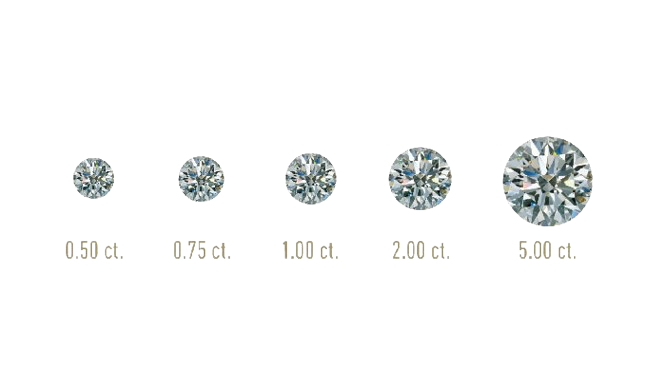
Which C is the most important?
Everyone assumes that “Carat ” is the most important C in diamonds. This is certainly not true, all of the 4C’s are important. For example, if a diamond with a VS1 clarity grade is poorly cut, then the value of the diamond might be lower than an SI1 clarity graded diamond with an excellent cut. It is the combination of all these factors that determines the value of the diamond.
Understanding the grading report:
This is something similar to your school’s report card where you’ve been given certain grades for each subject. In diamonds, instead of subjects there are parameters like measurements, polish, fluorescence, symmetry etc. And how we have classes and roll numbers, each diamond has a unique grading number which is proof that it’s a genuine certificate and that it is associated with a specific diamond.
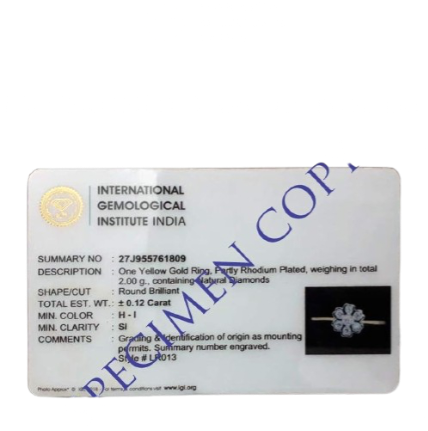
If you are a retailer, contact nice diamonds for sourcing highly finished and certified diamond jewellery.
- check out our designs in the collections page of the website
- contact us to source jewellery
- follow us on Instagram and linkedin for regular updates.
Sources
Taylor. R (2023) Gem Certification: The Gemstone Laboratories Everyone Should Know. Katerina Perez. https://www.katerinaperez.com/top-gemstone-laboratories-certification-authentication-grading-diamonds
https://ilacollection.com/blogs/news/common-misconceptions-about-diamond-clarity
